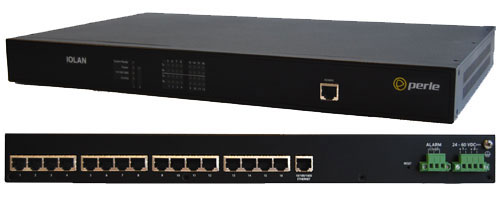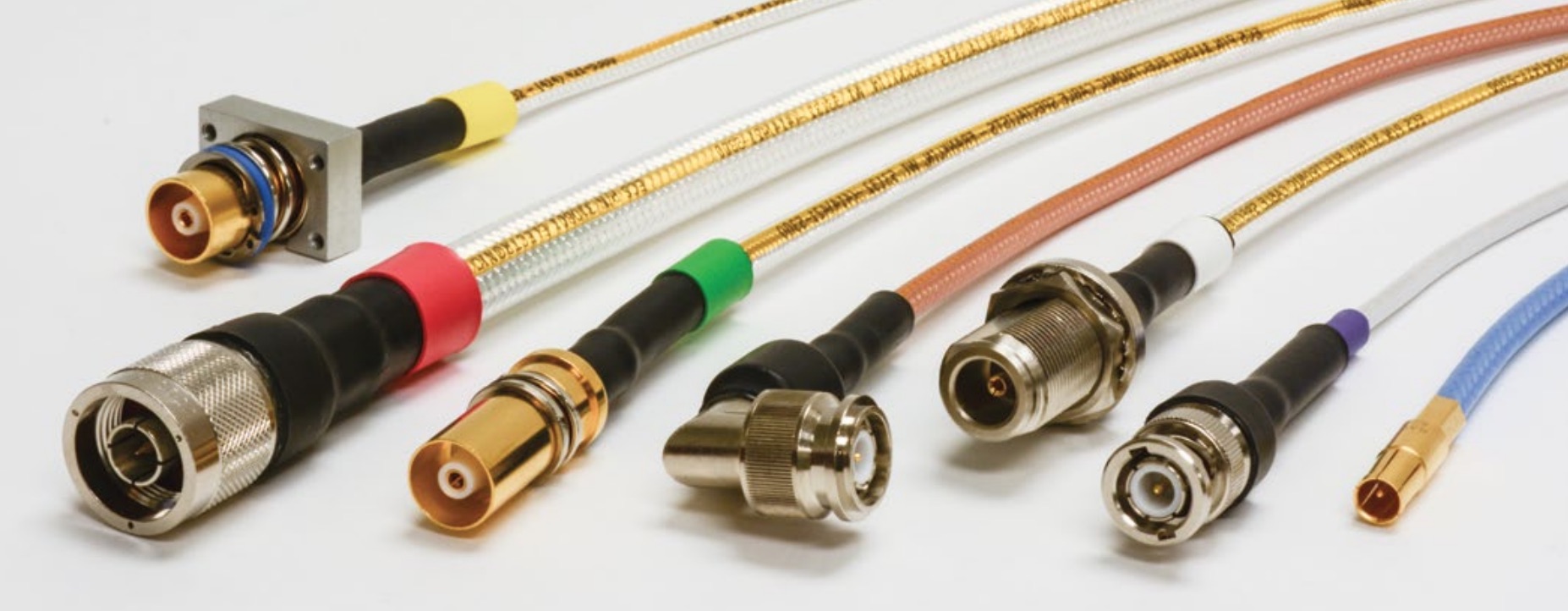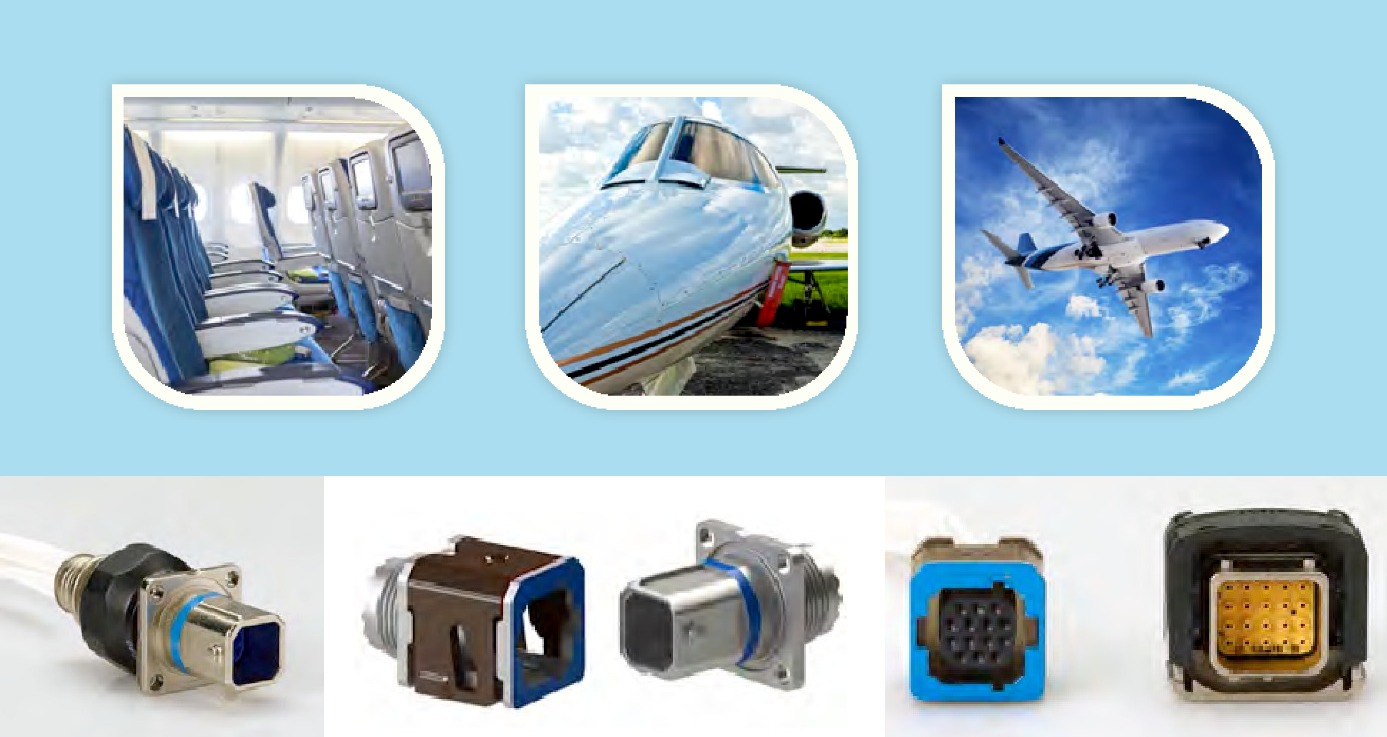Increased In-Flight Connectivity Drives Demand for Lightweight Connector Products
Air travelers and crew increasingly rely on in-flight connectivity. An expanding array of advanced products and design strategies gives airlines options for how to deliver both in-flight entertainment and critical communications.t connectivity
Over the five-year period spanning 2018 to 2023, in-flight entertainment (IFE) systems are projected to grow from an estimated value of $5 billion to $8.75 billion, representing a five-year compound annual growth rate (CAGR) of 11.8%. This incredible growth will present major challenges for connector and cable manufacturers. In-flight connectivity systems will not only will these have to keep up with ever-changing technology and customer demands, but will have to meet all current and new Federal Aviation Administration (FAA) regulations as well.

Within the next three years, more than 17,000 commercial aircraft will have some form of in-flight-connectivity (IFC) for passenger use, versus just 6,500 in 2015. North America will lead the way in growth, followed by Europe, The Middle East, Africa, China, Southeast Asia, and Latin America. In addition to providing a more enjoyable trip for passengers, many are looking at IFC as an additional source of revenue for the airlines, keeping track of passenger preferences and offering targeted advertising and shopping. Of course, the success of this revenue stream will be totally dependent on the services — and quality of services — that individual airlines offer.
More than 95% of airline passengers now board a flight with some form of electronic device and more than half carry two or more devices, depending on the purpose of their travel. In-flight connectivity can be provided two ways. The first incorporates satellites in a geostationary orbit on the same plane as the equator. These satellites transfer information through a plane-mounted antenna, which then directs it through high-speed cabling hidden along cabin walls and in ceiling panels to an on-board router that passengers can connect to. The second way involves air-to-ground (ATG) networks. This method connects planes’ antennas to the closest ground-based cell tower and transfers the signal from one tower to another as the plane travels, the same way that cell phones do when on the ground. So, it’s not ideal for travel that extends beyond the reach of ground-based towers, such as overseas travel.
Both methods tend to have some bandwidth and latency issues, although new ATG networks implemented by companies like SmartSky Networks are said to have overcome these issues. SmartSky offers 4G LTE technology with high-speed, low-latency, and bidirectional throughput and accomplishes this via patented spectrum reuse, advanced beamforming technologies, and 60MHz of spectrum.

Successful in-flight connectivity using ATG networks requires servers designed to operate seamlessly in even the most severe environments. SmartSky Networks uses the Perle IOLAN Rugged Console Server which offers eight, 16, or 32 serial ports and software selectable RS232 / RS485 / RS422 DTE on RJ45 to RS485 full- and half-duplex serial port interface and is powered by two pluggable terminal blocks with screw terminals.
With typical commercial aircraft wiring systems running thousands of feet long and weighing hundreds of pounds, any reduction in wiring enables increased payload capabilities and decreased fuel consumption. For both this reason and to offer better in-flight entertainment options, more airlines are adapting wireless connectivity systems as a low-cost alternative to embedded IFC systems. The number of cabin Wi-Fi access points (CWAPs) needed is based on the plane type. Typically, narrow-bodied aircraft require three CWAPs and multi-aisle wide bodied planes require up to eight. These systems offer streaming content, voice, and text services, active maps, live news, and in-flight information updates.
Another area where the desire for overall weight reduction is driving changes to in-flight connectivity systems is the increased use of fiber optic cable. Fiber optic cable offers about a 50% weight reduction over traditional copper cable, takes up about 25% less space, and has excellent EMI properties.

Avionics RF Assemblies from Carlisle Interconnect Technologies are especially designed to provide reliable, high-quality in-flight connectivity.
Major airlines are also exploring the option of dedicated Wi-Fi networks, like Thales’s FlytLINK, for their flight crews. These give pilots full access to real-time weather, forecast, and flight tracking alerts, allowing them to create a safer and more enjoyable travel experience. According to Thales, FlytLINK also allows pilots to cut down on radio chatter and paperwork and provides flight crews with real-time updates about gates, baggage, rescheduling, and more.
Wi-Fi-enabled in-flight connectivity capabilities are also changing the modern in-air experience by allowing cabin crews to use smartphones to communicate with each other and to take food and beverage orders from passengers. Passengers on flights enabled with these systems can access an order screen through their in-seat IFE system and place a digital food or drink order, just as they would at a quick-serve bar or restaurant. Cabin crew members are connected to the menu software through a dedicated plug-and-play Wi-Fi router (not the same router used by passengers) using smartphones that have been blocked from running any other applications.
When in-flight connectivity is used onboard an aircraft, filtering is a must to ensure that signals avoid becoming coupled with those of the various avionics systems. Performing an EMI scan is the first step in deciding which filtering option to use. Specialized cables and connector receptacles can provide effective filtering or shielding to help reduce noise; shielding creates a low-impedance trace to the ground, while filtering minimizes RF windows. These in-flight connectivity solutions can be employed at several locations throughout the aircraft, control units, and fuselage to prevent EMI and maintain high signal integrity. Another solution is to use fiber optics for in-flight connectivity systems. Fiber optics completely eliminate EMI vulnerability, but come with two main tradeoffs: greater expense and more difficult repairs.

Radiall’s QuickFusio™ Series was specifically designed to address the needs of in-flight connectivity applications including in-flight entertainment systems and in-seat power supplies.
The demand for in-flight connectivity is growing — fast — so airlines need to prepare for the needs of today and 20 years from now right now. For design engineers and purchasers, this means staying up to date on passenger demands and all FAA, EASA, and ICAO regulations, anticipating future trends and finding connector and cable assembly manufacturers capable of providing high- quality products that meet all necessary and pertinent aviation industry requirements, performance demands, and development timelines. It also means designing systems that can easily be updated or expanded since aircraft system lifecycles tend to span many years.
It seems that, no matter where we are, staying connected has become a major priority — even while flying six or seven miles above the Earth. The key to successfully staying connected within this challenging environment is robust, reliable, cost-effective, and future-proof in-flight connectivity systems thoughtfully designed to meet the needs of both airlines and passengers.
For more information about connector and cable products for in-flight connectivity systems, check out the following article or visit our Military and Aerospace and Transportation market pages.
Connectors and Cable Assemblies for Cabin Interior and IFE Applications
Lightweight Connector Innovations Enable Infotainment on the Go
Shannon Malone has worked in the aerospace electronics industry for more than three decades. He has held marketing positions with Electro Enterprises AeroFlite Enterprises, and Kierulff Electronics, and has a strong interest in supply chain management, manufacturing, and product development, in addition to technology.
- Increased In-Flight Connectivity Drives Demand for Lightweight Connector Products - September 24, 2019





